We’ve tested a fair few KOORUI monitors over the last few months, from the affordable 1080p options all the way to their 1440p curved displays with higher refresh rates, and it’s fair to say they’ve been quietly impressive. The KOORUI 27-inch lineup we have for review here includes the 27E1QA, the 27E6QCA, the GN02, and the G2711P, and each brings something different to the table while keeping the price comfortably within reach for most gamers.
These are the kind of monitors that don’t scream for attention with RGB all over the place or over-the-top designs, but instead focus on delivering the core essentials well: decent colour, smooth gaming performance, and enough connectivity options to keep your setup practical, whether you’re working or gaming.
- Manufacturer: KOORUI
- Model: 27E1QA, 27E6QCA, GN02, G2711P
- Price when reviewed: $139–$189 MSRP
- Supplied by: KOORUI
Design and Build
What’s in the box?
- Power cable and adapter
- HDMI or DisplayPort cable (varies by model)
- Quick-start guide and warranty booklet
KOORUI keeps things simple out of the box. I found the unboxing process to be clean, with the monitors packed securely and without any unnecessary extras. The design is fairly minimal, which I personally appreciate, with slim bezels that help these screens blend into any setup. The stands are basic but stable, providing a tilt adjustment that lets you find a comfortable angle, though you won’t get height or swivel options unless you mount them with a VESA arm.
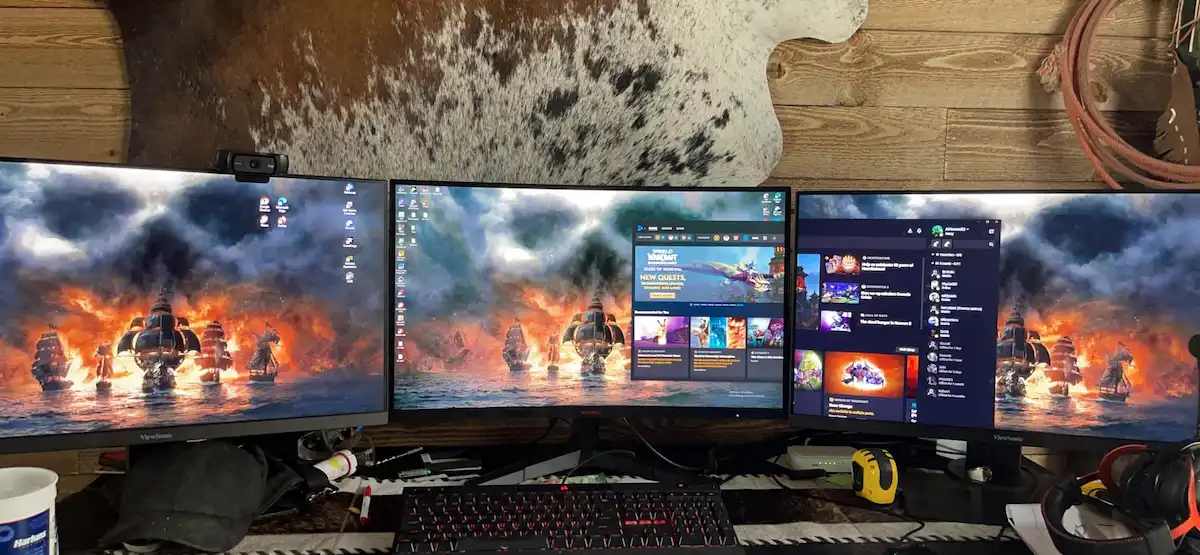
The monitors don’t feel cheap to the touch, and although there’s a bit of plastic flex if you push hard, in day-to-day use they feel sturdy enough on the desk. I was able to get everything up and running in about five minutes, and cable management was straightforward thanks to the simple design of the stands.
If you like to keep your workspace clean, you’ll appreciate the lack of flashy accents here. KOORUI seems to know that not every gamer wants an overly aggressive aesthetic.
Display Performance
These KOORUI 27-inch monitors cover a decent spread of specs depending on what you go for, with options like 1080p at 180Hz, 1440p at 144Hz, or even up to 240Hz for those who are into competitive gaming. It’s hard to argue with the value you get for the price here, especially if you’re looking for an affordable upgrade to your current setup.
Brightness and Colour
Across the models, you’ll find decent colour reproduction with 90% DCI-P3 coverage on several of them, which is more than good enough for gaming and general use. The VA panels offer decent contrast, which helps in darker scenes in games or when watching movies, while the IPS options deliver better viewing angles if you share your screen or sit off-centre.
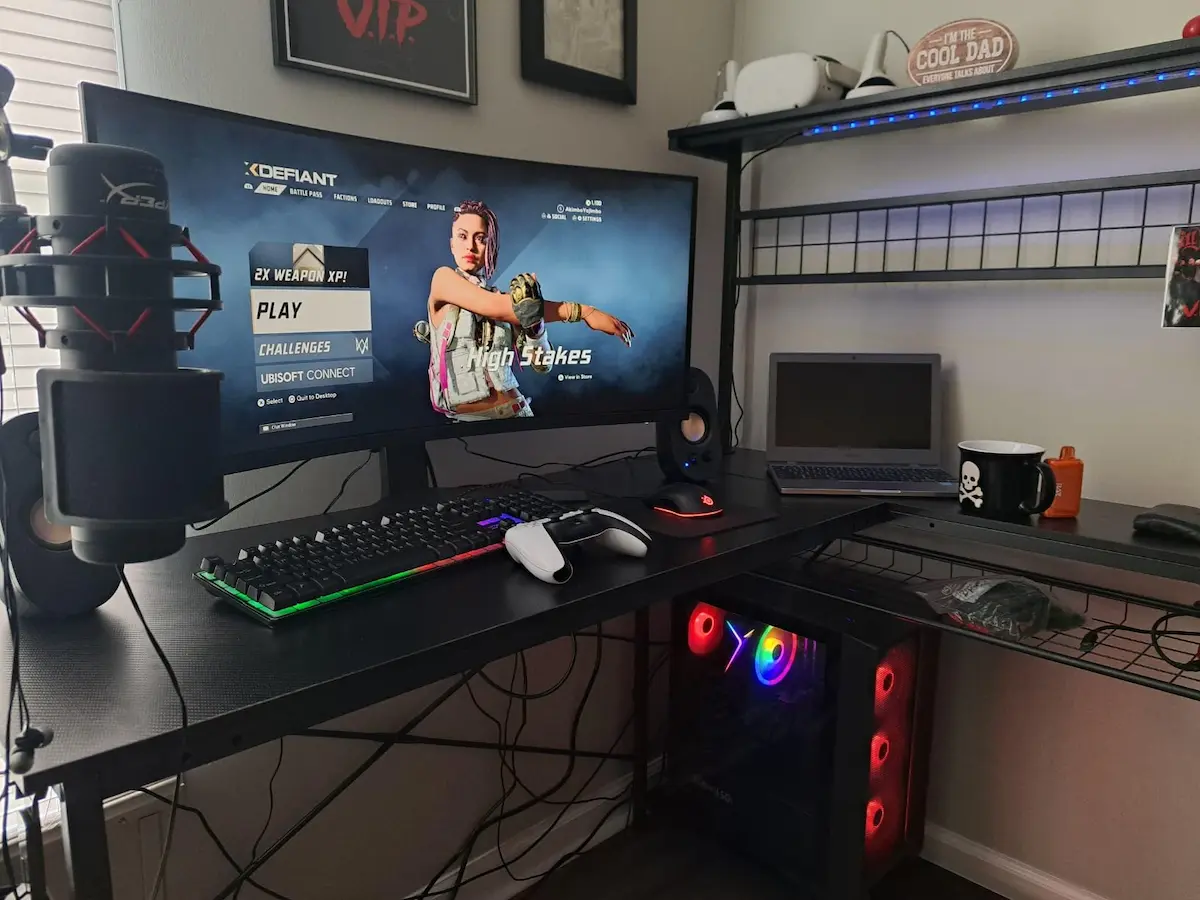
I found the brightness levels to be fine for most environments, sitting around 250-300 nits depending on the model. It’s not going to punch through direct sunlight, but for indoor use, it does the job without complaint. The colours are lively enough, and if you want a bit more saturation, most models have a mode that lets you push the vibrancy without crushing detail.
Viewing Angles and Uniformity
Viewing angles on the VA panels are what you’d expect at this price: good head-on, with some colour shifting off to the sides. The IPS models handle this better, so if you often find yourself moving around your desk or sharing your screen, it’s something worth noting.
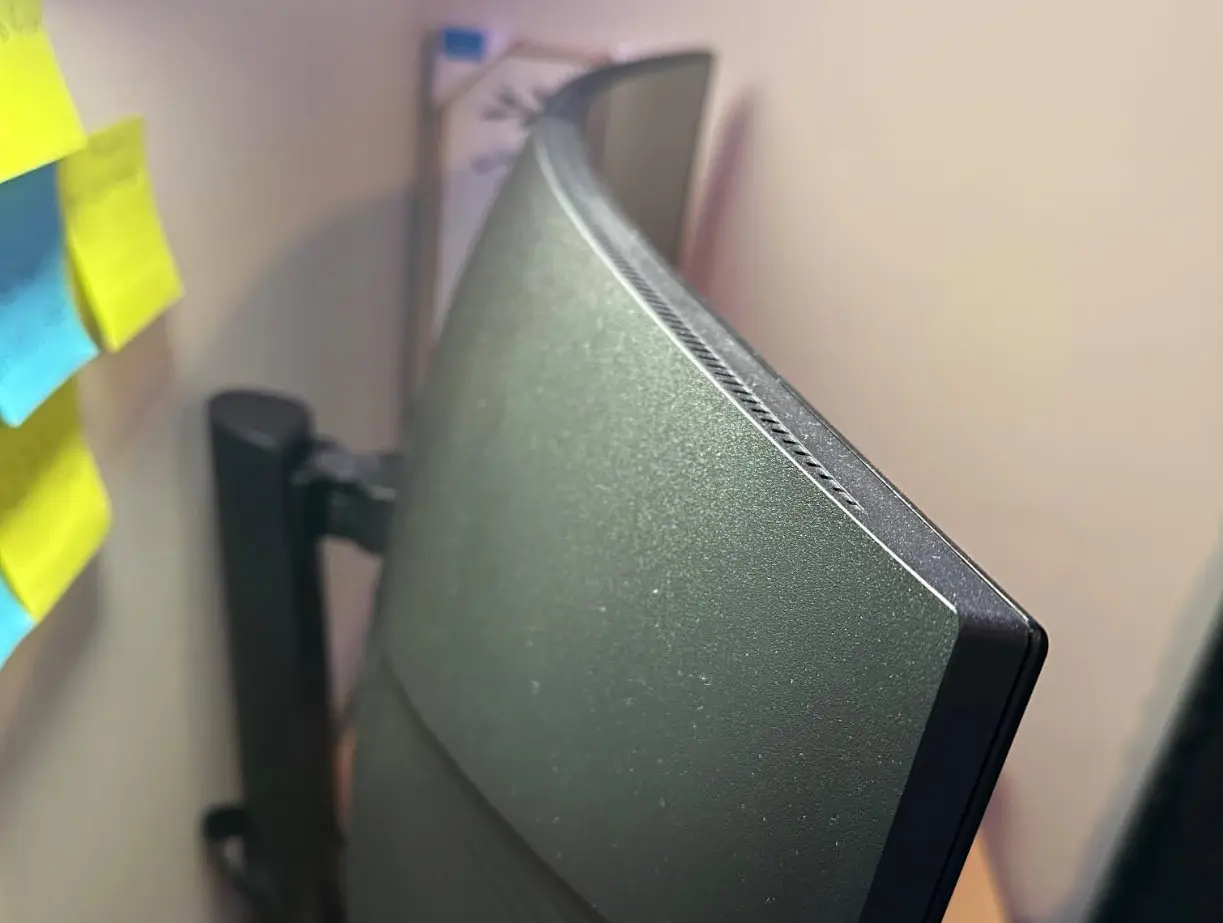
Uniformity is fine overall, with a bit of brightness drop-off in the corners on the VA panels if you’re sitting too close, but at normal viewing distances it’s barely noticeable. I found that the curved models in particular, like the 27E6QCA, benefit from their 1500R curvature, which helps keep the edges of the screen looking consistent and adds a bit of immersion when gaming.
Refresh Rate and Response
The refresh rates are where these monitors come into their own. Whether you’re going for the 144Hz, 180Hz, or 240Hz models, you’ll notice the improvement in smoothness immediately if you’re coming from a 60Hz screen. I ran a few sessions of Valorant and Apex Legends on the 240Hz GN02, and it’s fair to say that the gameplay feels snappy and responsive.
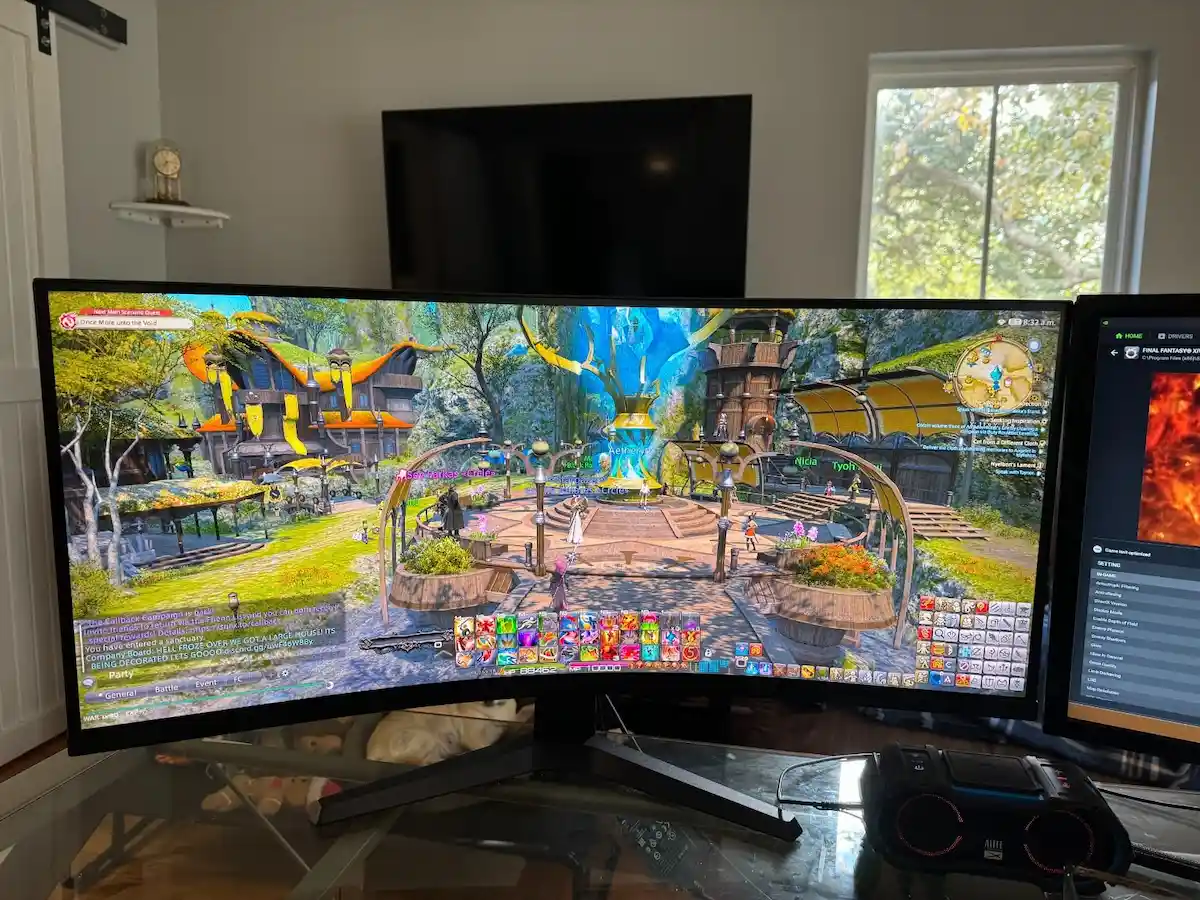
Adaptive Sync and FreeSync Premium are supported on most of these models, and during testing, I didn’t notice any screen tearing even when the frame rates dropped below the maximum refresh rates. It’s a welcome addition that helps maintain a smooth gaming experience across different genres.
Mini Reviews
KOORUI 27E1QA
The 27E1QA is one of those monitors that just gets on with the job. With its 1440p resolution and 144Hz refresh rate, it’s a great option for gamers who want a sharper image without sacrificing performance. The colours are solid, the refresh rate keeps gameplay smooth, and it handles day-to-day tasks without issue. If you’re upgrading from 1080p, you’ll appreciate the extra clarity here.
KOORUI 27E6QCA
If immersion is what you’re after, the 27E6QCA’s 1500R curved screen and 180Hz refresh rate make it a strong contender. It’s particularly good for RPGs and open-world games where the curve helps draw you into the environment. The VA panel delivers deep blacks, and HDR10 support adds a bit of extra punch to brighter scenes, even if it’s not true HDR.
KOORUI G2711P
The G2711P brings a 200Hz refresh rate and a fast IPS panel, which is a nice combination for competitive gaming. The colours are vibrant and remain consistent even when viewed from an angle, which is useful if you like to move around or have friends watching over your shoulder. It’s a good all-rounder for those who want speed without giving up on image quality.
KOORUI GN02
The GN02 is the fastest of the bunch, offering 240Hz at 1080p. If you’re into fast-paced shooters or competitive esports, this monitor is designed for you. It’s not the sharpest at 1080p on a 27-inch screen, but the smoothness it delivers is hard to beat. You’ll need a GPU that can push high frame rates to get the most out of it, but if you can, it’s a great match for competitive play.
Connectivity
There’s nothing fancy going on here, but you get the essentials. Most KOORUI 27” monitors come with two HDMI 2.0 ports and a DisplayPort, which is all you really need if you’re hooking up a PC, console, or a laptop. Switching between devices was quick, and I didn’t have to mess around much with settings – the monitor picked up the input almost instantly.
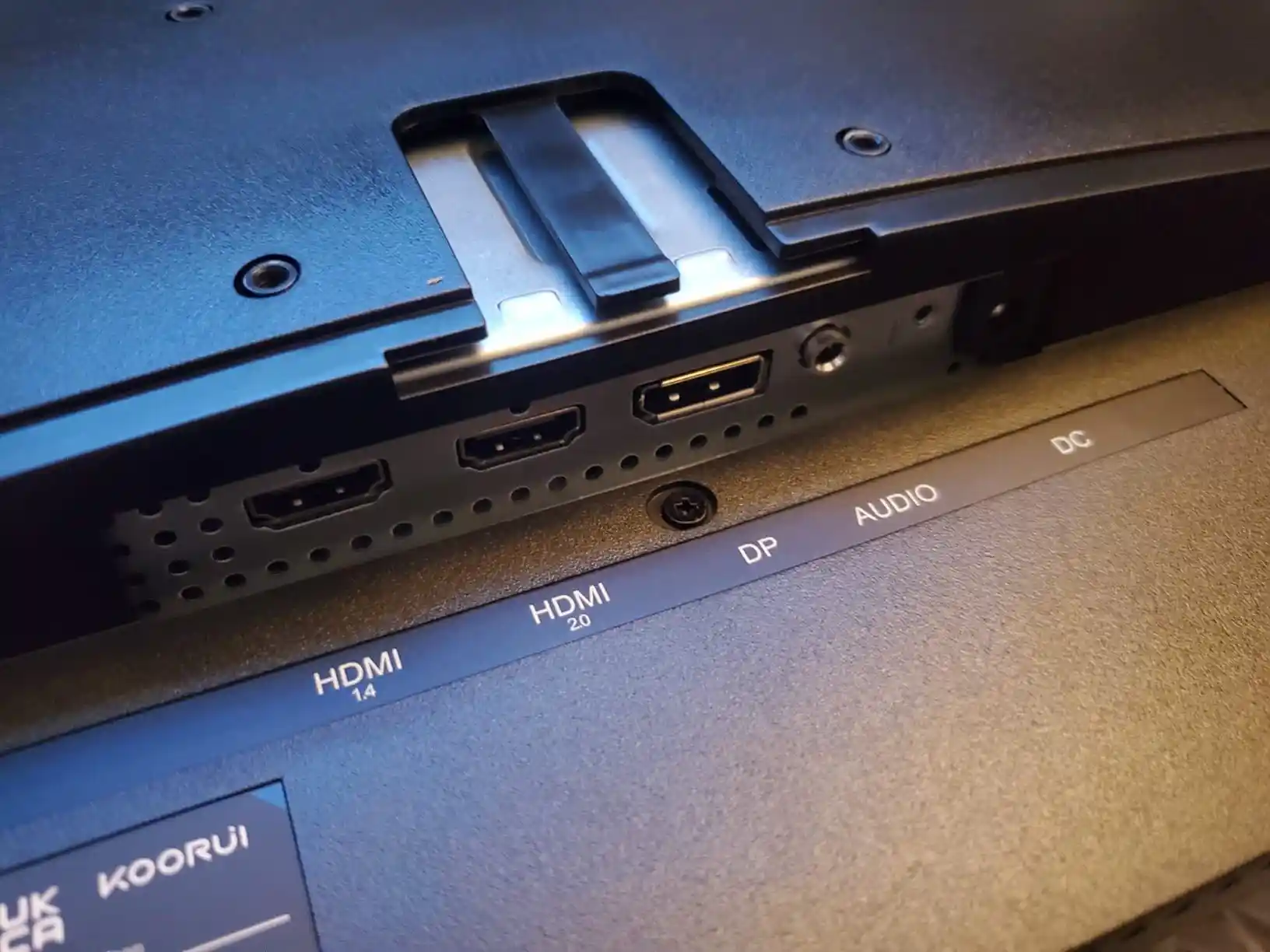
You also get a 3.5mm audio out jack, so you can plug in your headphones or speakers directly if that’s your setup. The connection is stable, and I didn’t notice any signal drop during use. It’s all straightforward, and that’s exactly what you want when you’re setting up your gaming space.
HDR Performance
Let’s manage expectations here. The KOORUI monitors do support HDR10, but it’s not going to transform your gaming setup overnight. You get a bit more punch in the colours, and highlights pop a little more, but don’t expect deep OLED-level blacks or searing brightness.
In practice, I found it nice for casual gaming and YouTube videos with HDR content, but if HDR is a big deal for you, you’ll need to look elsewhere. The HDR mode on these monitors is fine, but it’s not the headline feature – it’s more of a “nice to have” than something you’ll rave about.
Sound Quality
Most KOORUI monitors don’t come with built-in speakers, and honestly, that’s probably for the best. I’d rather use a good pair of headphones or desktop speakers anyway. If you need sound straight from the monitor, you’ll have to use the audio out jack, but it’s better to have dedicated speakers for gaming or movies.
Picture Boost and Game Modes
I spent a fair bit of time playing around with the Game modes and Picture Boost options, and there’s some value in tweaking these settings to your taste. You can bump up the Game Colour if you want richer colours, and the Black Equalizer option does help if you’re playing shooters and need to spot enemies in dark corners.
I found that setting the Game Colour to around 12 gave a nice boost to saturation without making things look cartoonish, and the Picture Boost mode helps keep brighter scenes crisp while retaining decent contrast in dark areas.
Frame Rate and Response
KOORUI’s 27-inch monitors handle refresh rates well, with the 144Hz and 180Hz models delivering smooth visuals across most titles I tried. Games like Valorant and Apex Legends felt fluid, and the higher refresh rate does help with aiming and tracking targets. If you’re coming from a 60Hz panel, the jump is immediately noticeable.
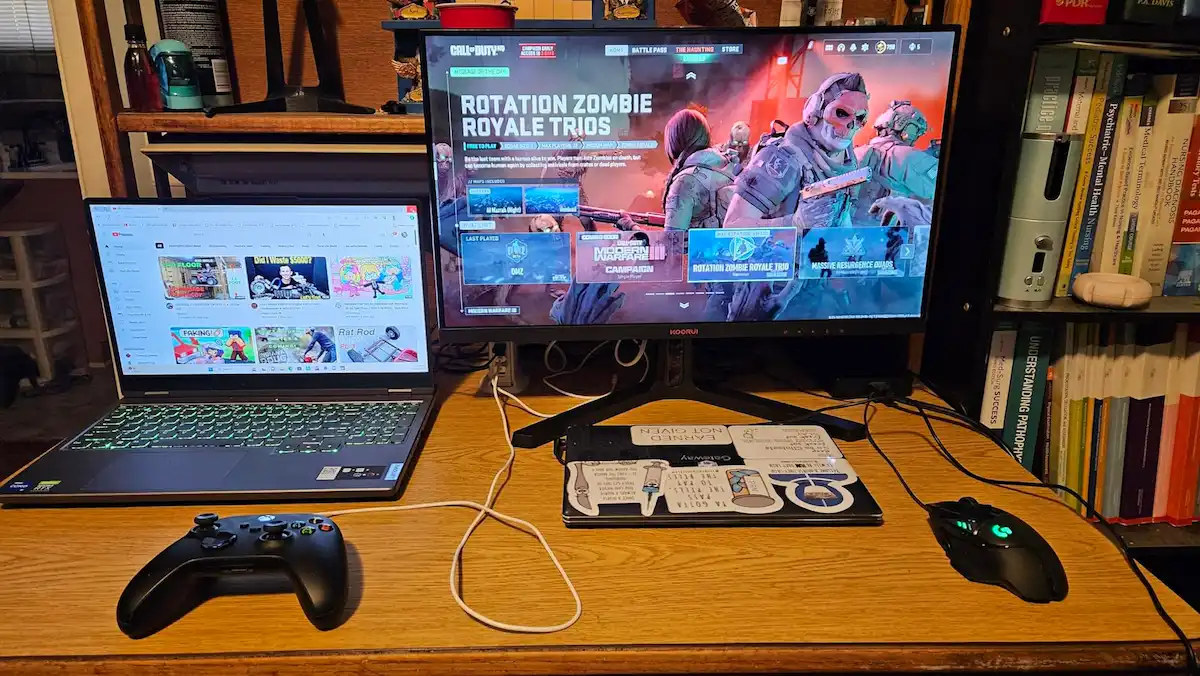
Input lag wasn’t something I noticed during my sessions, and motion felt clean enough for fast-paced games. There is a touch of ghosting in darker scenes if you’re pushing the refresh rates hard, but it’s nothing that gets in the way of gameplay. You can tweak the Overdrive settings if you want to minimise ghosting further, and it does the job without introducing overshoot.
Pricing and Availability
The standout feature here is price. With most KOORUI 27” models sitting between $140 and $190 depending on specs, you’re getting a solid deal for the refresh rates and panel quality. It’s rare to find 144Hz or higher at this price range, let alone up to 240Hz, with decent build quality and colour coverage.
Availability has been good, too. They’re regularly in stock on Amazon and direct from KOORUI, and if you keep an eye out, sales drop the price even lower. For budget-conscious gamers or those upgrading from older monitors, it’s hard to ignore the value.
Who Are These Monitors For?
If you’re looking to get into high-refresh gaming without draining your wallet, the KOORUI 27” monitors are well worth a look. They’re particularly good for FPS and fast-paced games where the higher refresh rates help your reaction times, but they also do fine for general use, movies, and casual console gaming.
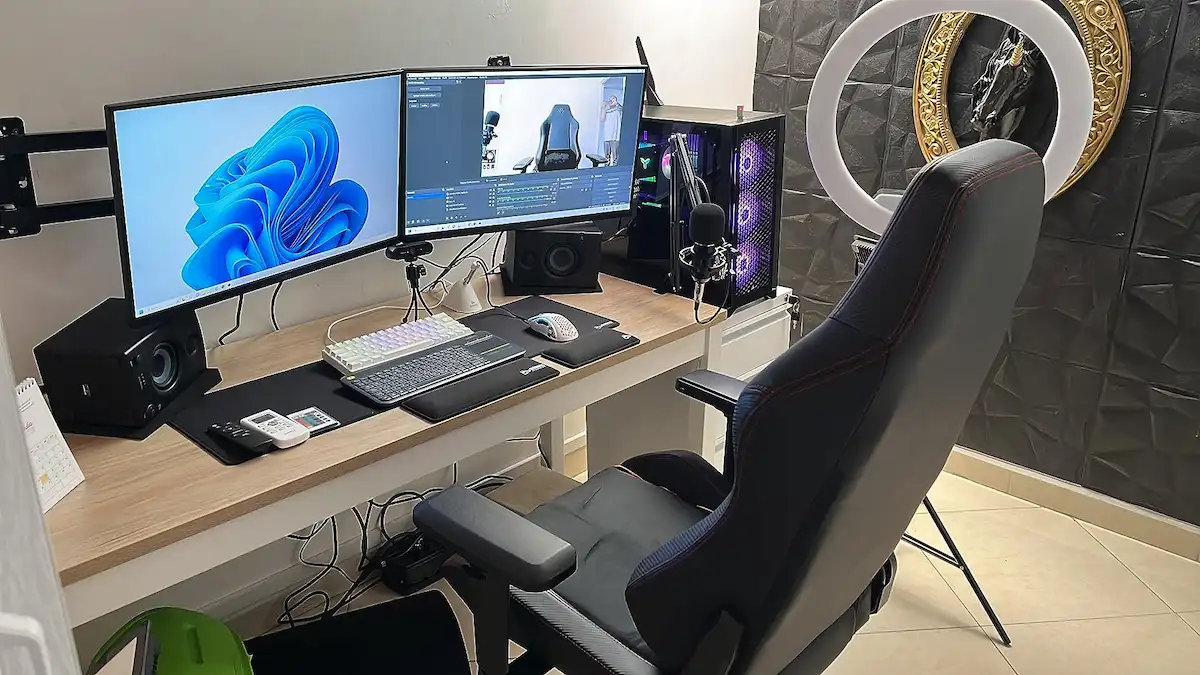
For new PC builders, students, or anyone wanting to step up from a basic monitor without the premium price tag, these screens do exactly what you need. You won’t get all the bells and whistles, but you get the core essentials for gaming and work, and that’s what matters.
Summary
KOORUI’s 27” monitor range is a good reminder that you don’t need to drop big money to get a high-refresh gaming experience. You’re getting solid performance with high refresh rates, decent colours, and a clean design at prices that are accessible to most gamers.
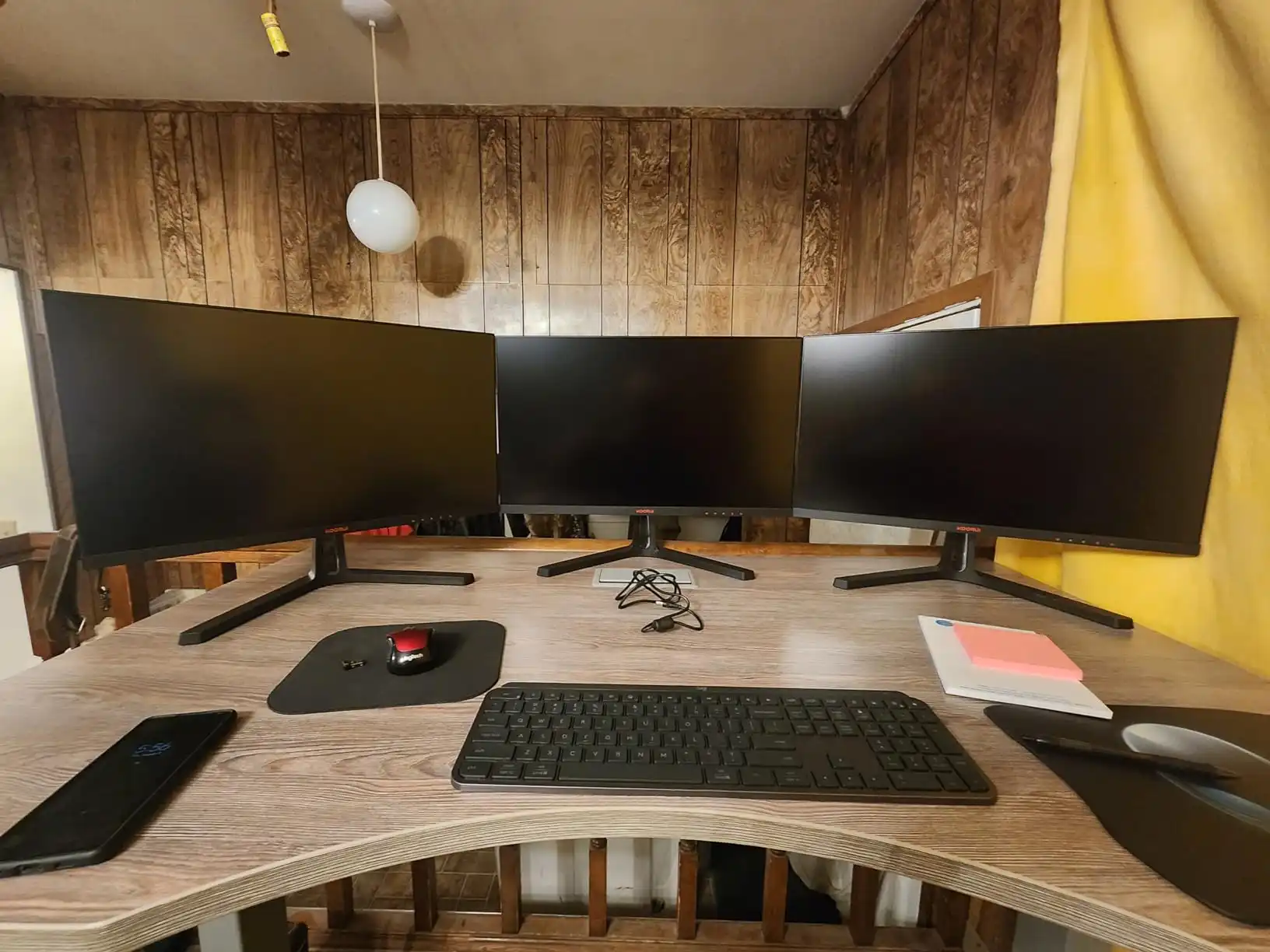
No, these monitors aren’t going to beat premium OLEDs or HDR powerhouses, but they’re not trying to. They do the basics well, and for gamers looking to upgrade from 60Hz or 75Hz panels, it’s a big step up.
If you’re looking for an affordable, reliable gaming monitor that covers the essentials and lets you enjoy smoother gameplay without complications, KOORUI’s 27” monitors should be on your shortlist.